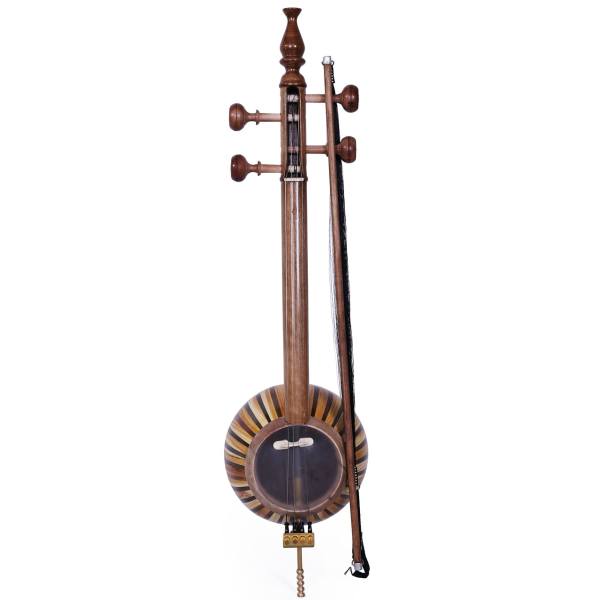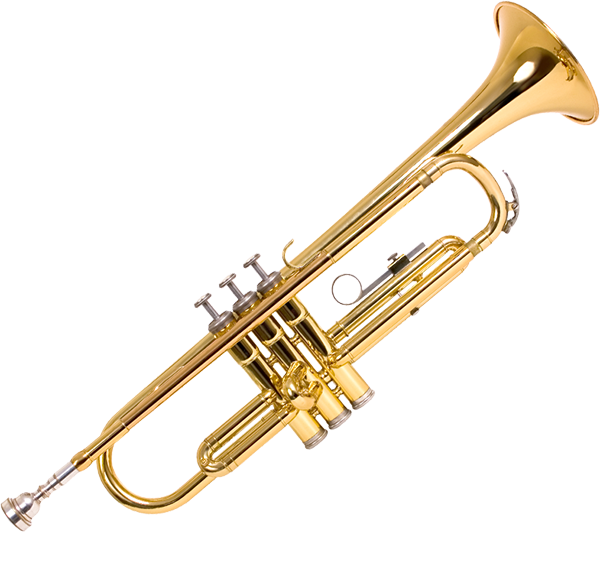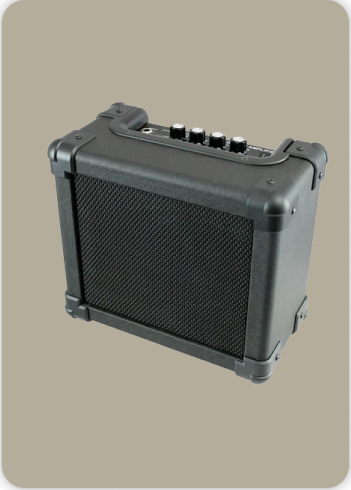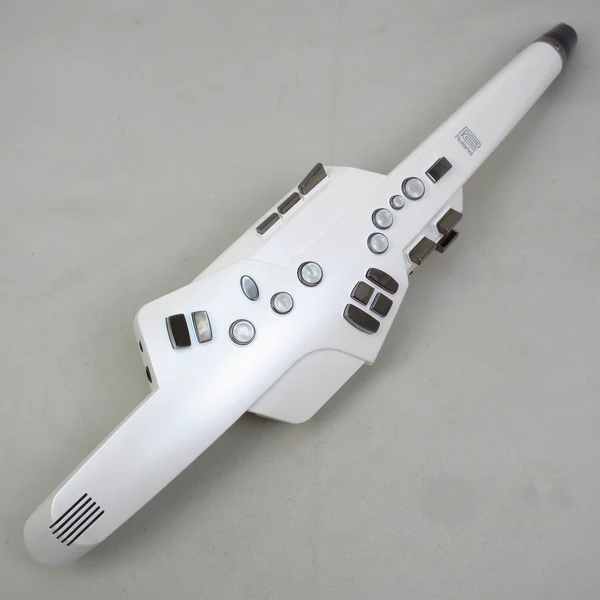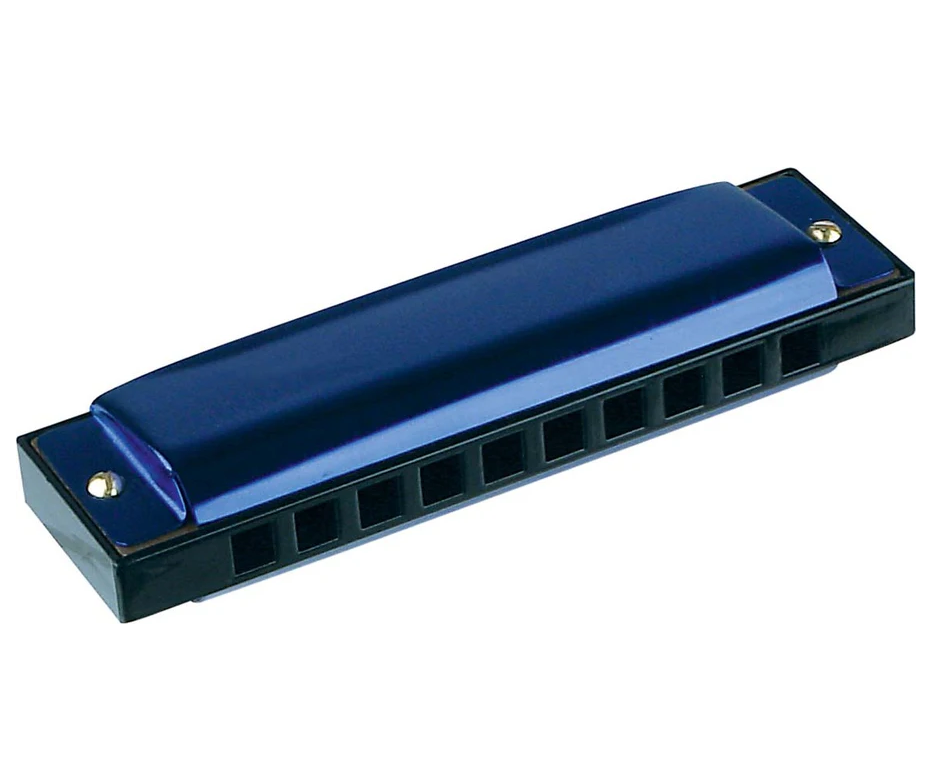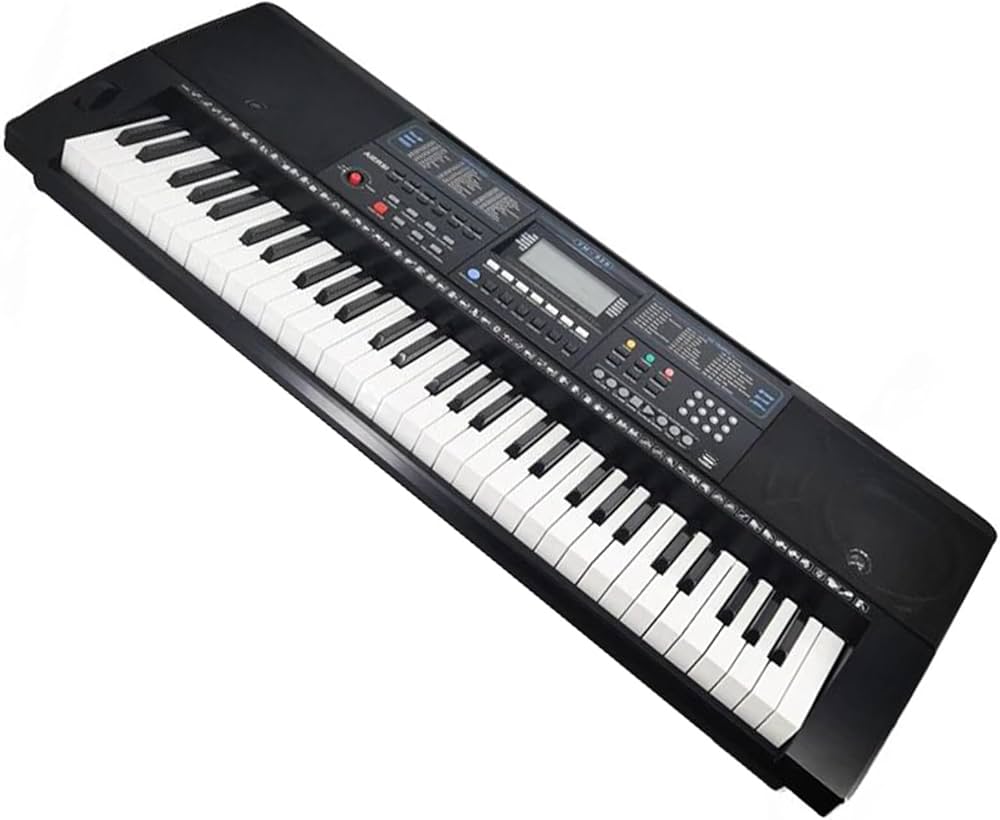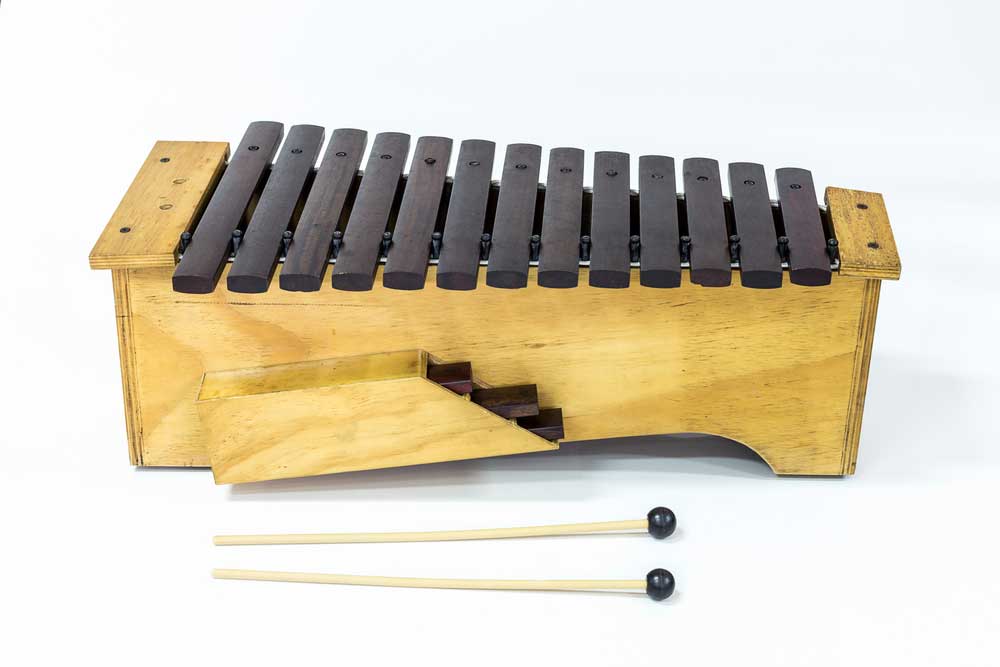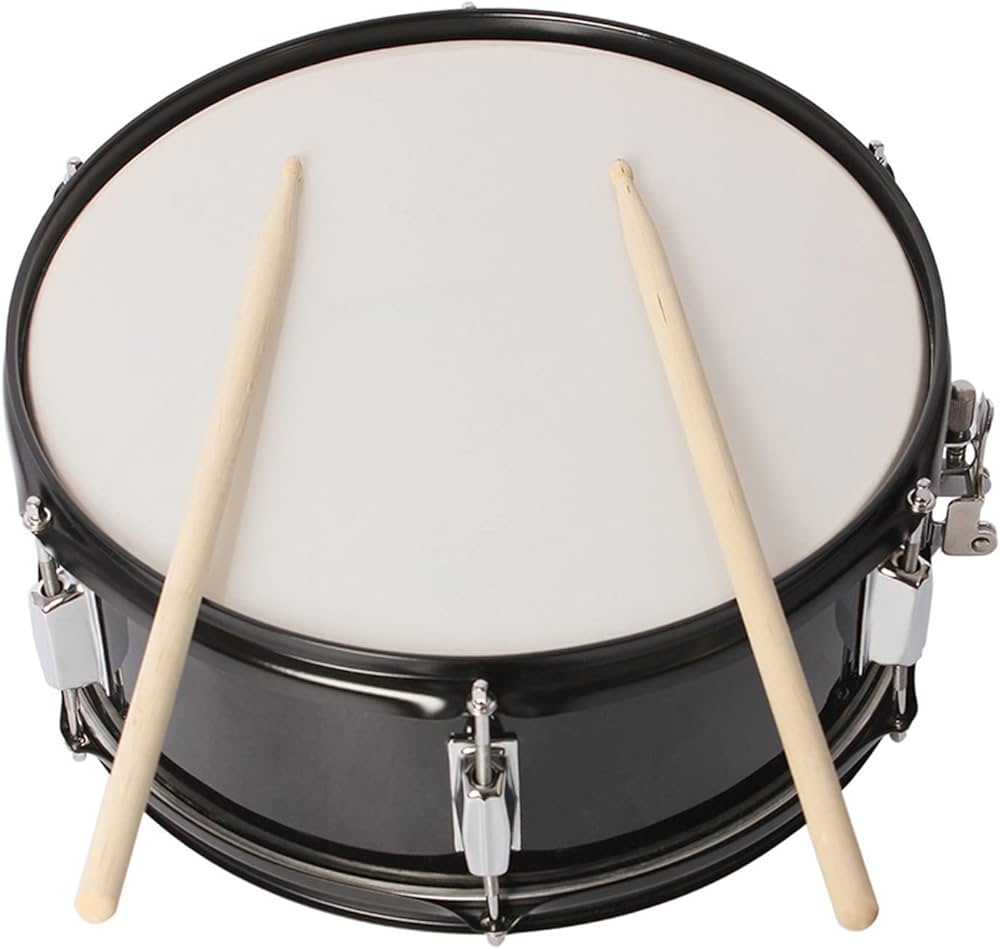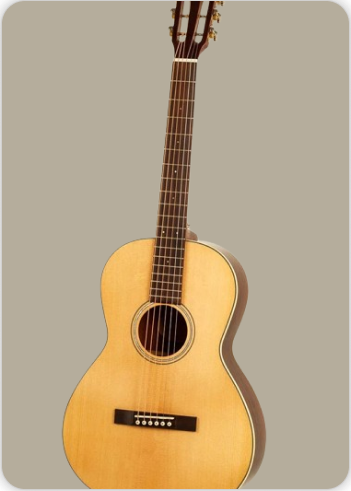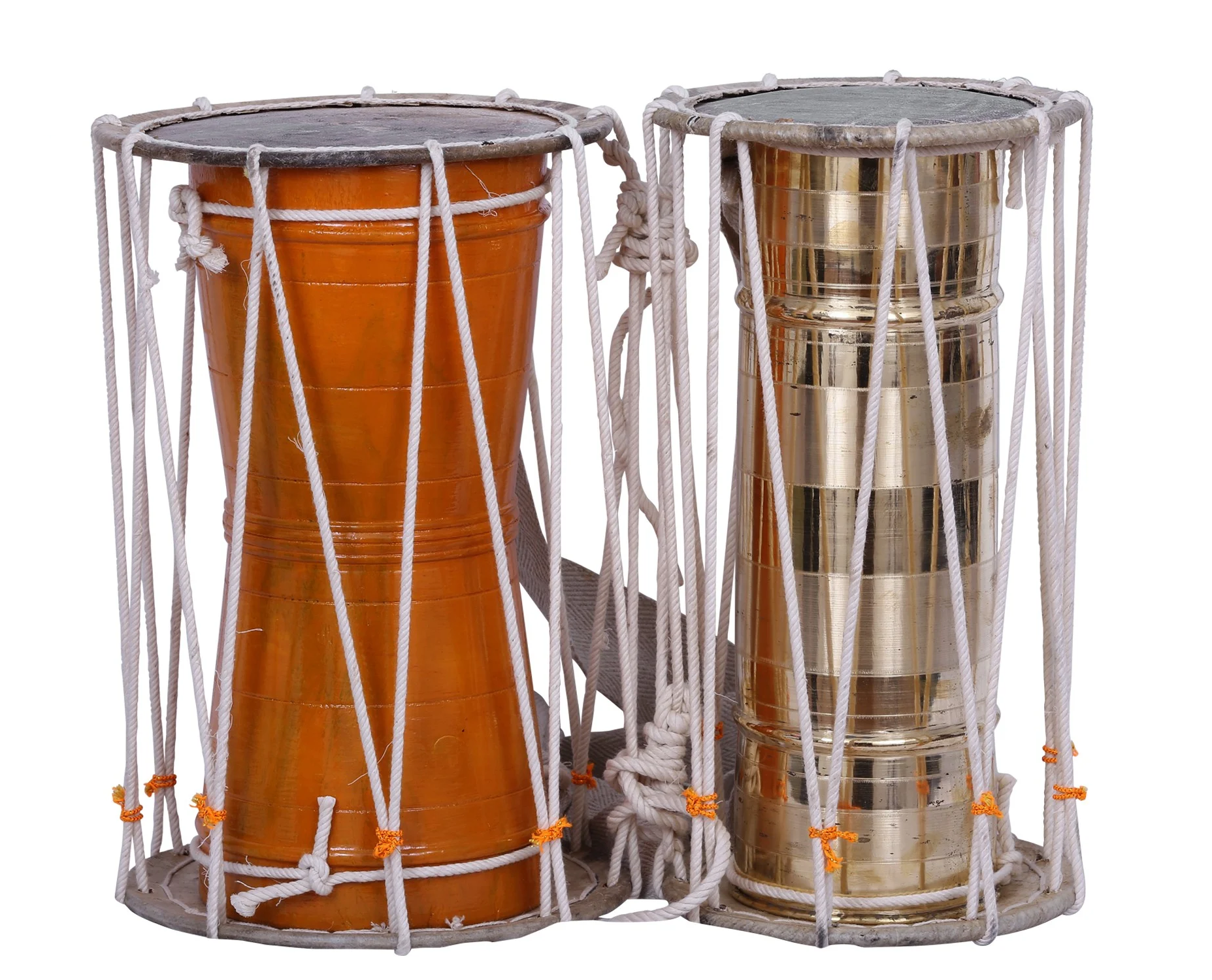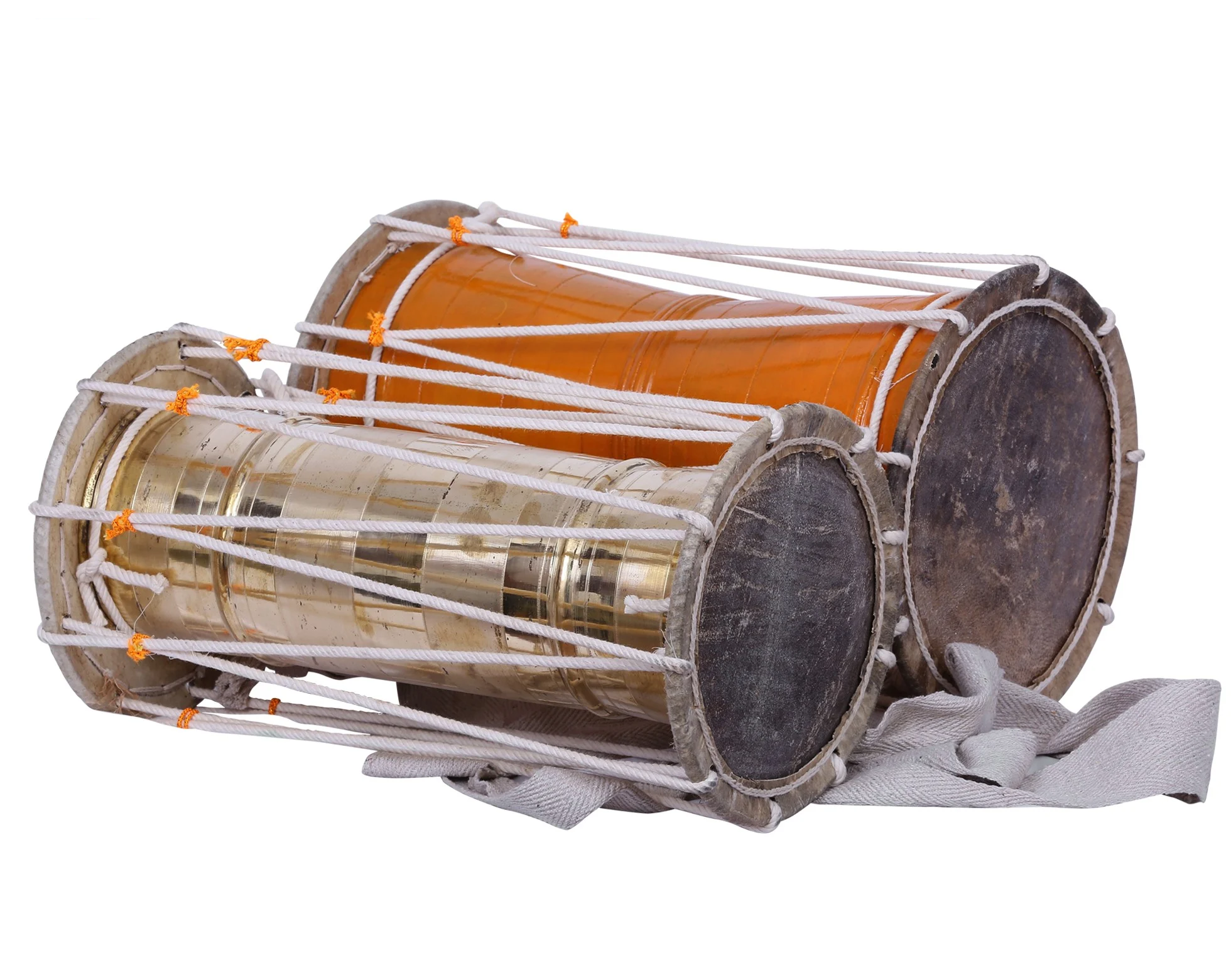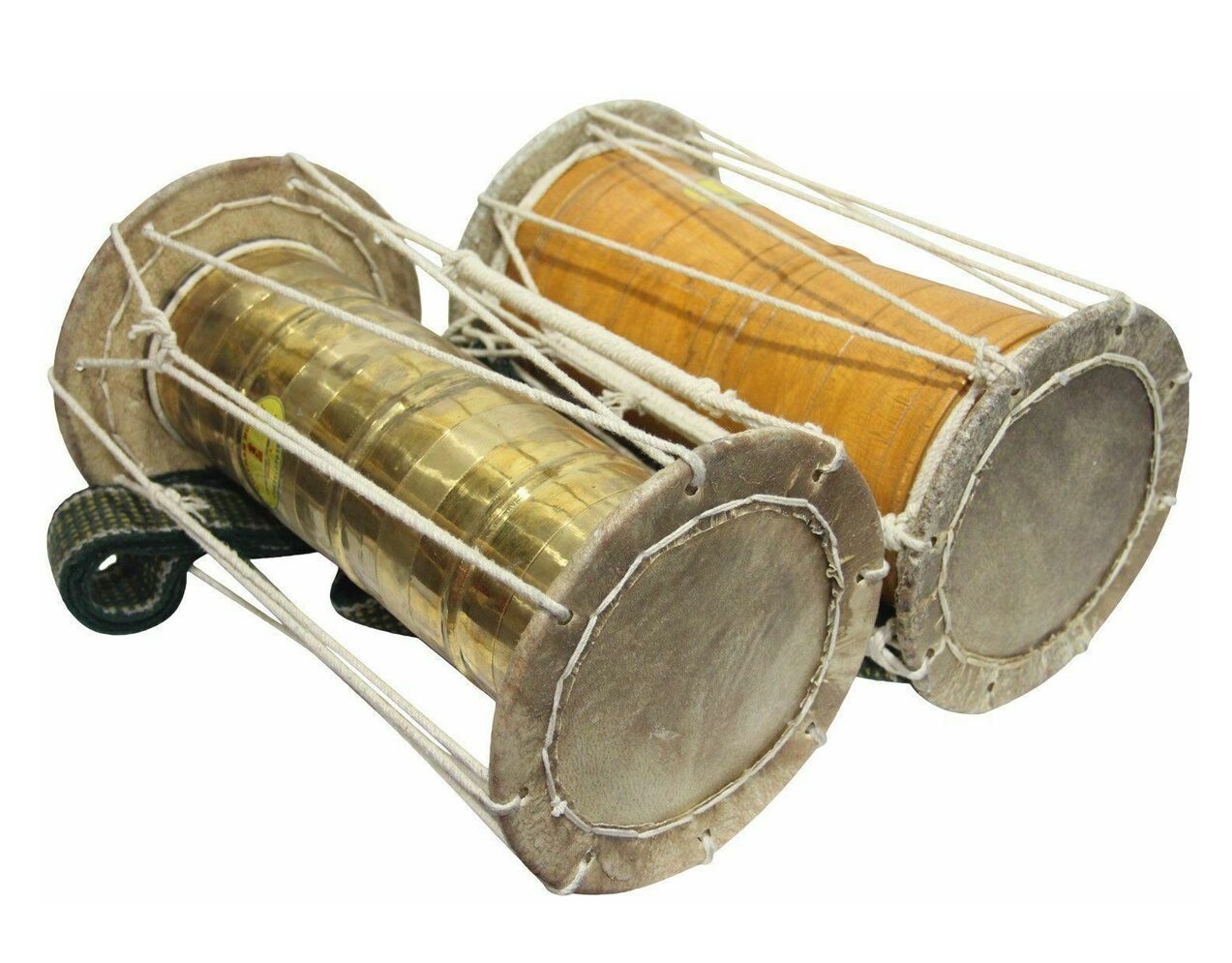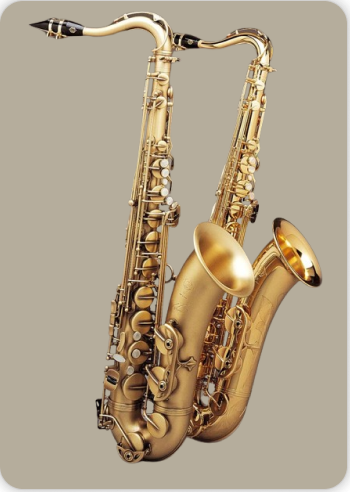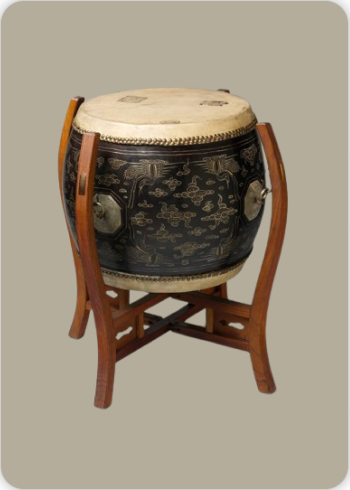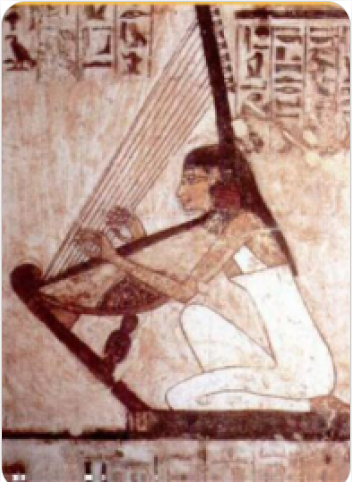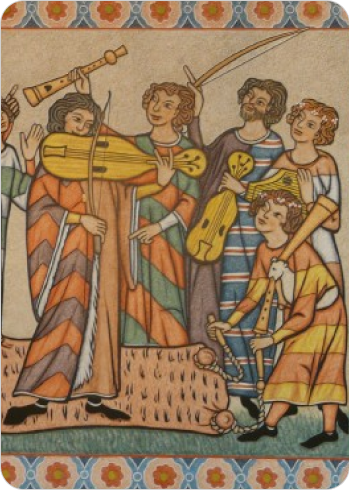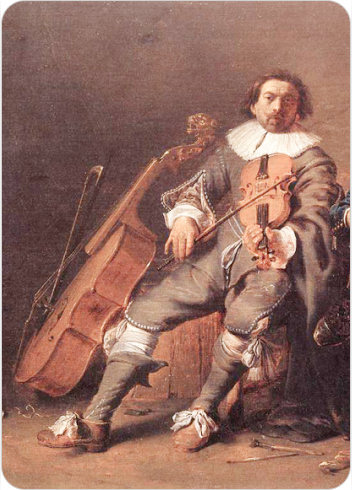Pambai
Percussions
Asia
Between 0 and 1000 AD
Video
The Pambai, also known as Pamba, is a traditional percussion instrument used in various cultural and musical contexts across India, particularly in the states of Tamil Nadu and Andhra Pradesh. It is a pair of cylindrical drums that play a significant role in temple festivals and folk music.
This instrument is deeply rooted in the cultural heritage of these regions and is often used to accompany other traditional instruments in ensembles. The Pambai is classified as a percussion instrument, specifically a type of drum. It is made from materials such as brass, parchment, and iron, contributing to its distinctive sound and durability. The instrument’s cylindrical shape allows it to produce a resonant sound when played, making it suitable for both indoor and outdoor performances.
History and Origin
The Pambai is a traditional percussion instrument from the Indian subcontinent, primarily associated with the southern states of Tamil Nadu, Andhra Pradesh, and Karnataka. It holds deep cultural and religious significance, especially in Tamil folk traditions and temple rituals. The Pambai is an ancient instrument, with its roots tracing back to several centuries, possibly to the early medieval period or even earlier, when various forms of drumming played a central role in temple worship, folk performances, and social gatherings.
The exact origins of the Pambai are difficult to pinpoint, but historical records and temple inscriptions indicate its use in Tamil culture for over a thousand years. Some scholars believe that it may have been used as early as the Sangam period (3rd century BCE – 4th century CE), a time when Tamil literature and art flourished. The instrument has been mentioned in several Tamil texts and is deeply associated with rural traditions, particularly those related to temple festivals and folk dances.
The Pambai is often played in pairs, with two drums tuned to different pitches, producing a distinct, rhythmic sound. It has been a crucial part of traditional Tamil temple music, often accompanying religious processions, village celebrations, and ceremonial occasions. Over time, the instrument has become a cultural symbol of Tamil identity, with its music resonating across generations.
Types and Features of the Pambai
The Pambai comes in different variations, depending on the materials used, size, and the purpose it serves in different traditions. However, all Pambai drums share some fundamental characteristics that define their unique sound and role in musical performances.
Types of Pambai
Temple Pambai – This type is commonly used in religious ceremonies, particularly in temples dedicated to deities like Murugan, Ayyanar, and Amman. It is often played during temple festivals and processions, creating a divine and energetic atmosphere.
Folk Pambai – The folk version of the instrument is slightly different in construction and tuning, mainly used in rural performances, traditional dances, and community celebrations. It is a key element in Tamil folk music and is frequently played during local festivals and social gatherings.
Ceremonial Pambai – In addition to religious settings, the Pambai is also used in certain non-religious ceremonies, such as village events, cultural programs, and even in funeral processions, where its deep, resonant beats provide a solemn yet rhythmic background.
Features of the Pambai
The Pambai consists of two cylindrical drums made of wood, metal, or a combination of both. The drumheads are made of animal skin, which is stretched tightly over the openings to produce a resonant sound. The two drums are typically of different sizes, with one producing a lower pitch and the other a higher pitch. Traditionally, the body of the drum is made from a hollowed-out piece of wood, such as jackfruit or neem wood. In modern versions, metal or synthetic materials may be used to enhance durability. The size of the Pambai varies depending on its use. Temple Pambais are generally larger and produce a deeper sound, while folk versions may be smaller for easier portability. The Pambai is played with two sticks, which strike the drumheads in rhythmic patterns. The sticks are typically made of wood and are shaped to allow for comfortable grip and controlled striking.
Work Mechanics and Playing Technique
The Pambai is a double-headed drum, which means that both drumheads are played simultaneously to create rhythmic patterns. It is usually played in pairs, with one drum tuned to a higher pitch and the other to a lower pitch. This dual-tone effect creates a dynamic and layered sound that enhances the energy of the performance.
Playing Method
The drummer holds a stick in each hand and strikes the drumheads alternately or simultaneously, creating a rhythmic sequence that complements the main musical composition or dance performance. The strokes vary in intensity and speed, depending on the type of event. In fast-paced folk dances, the beats are rapid and lively, while in temple rituals, they follow a more measured and ceremonial rhythm.The Pambai is often played in groups, with multiple drummers synchronizing their beats to produce a powerful and immersive sound.
Since the Pambai is primarily a percussion instrument, its main role is to maintain the rhythm of the performance rather than produce melodies. However, experienced drummers can create intricate rhythmic patterns that add a complex and expressive dimension to the music.
Role of the Pambai in Music
The Pambai plays a vital role in Tamil traditional music, particularly in folk and temple settings. It is often performed alongside other traditional instruments such as the Nadaswaram (a wind instrument) and the Tavil (another type of drum), forming a complete musical ensemble.
1. Role in Temple Music
One of the most significant roles of the Pambai is in temple music. It is frequently played during pujas, processions, and temple festivals, where it provides a rhythmic foundation for devotional songs and chants. Many Tamil temples have designated Pambai players who perform during daily rituals and special occasions. During Murugan festivals like Thaipusam and Panguni Uthiram, the Pambai is played continuously as devotees carry kavadi (decorated offerings) and participate in religious processions. The rhythmic beats of the Pambai create a trance-like atmosphere, enhancing the spiritual intensity of the event.
2. Role in Folk and Cultural Music
Outside of religious contexts, the Pambai is also a key instrument in folk music and dance traditions. It is commonly used in:
Karagattam – A folk dance where performers balance pots on their heads while dancing to the beats of the Pambai.
Mayilattam – A traditional peacock dance performed in village festivals.
Therukoothu – A Tamil street theater art form that involves storytelling through music and dance, with the Pambai setting the tempo for the dramatic performances.
3. Role in Festivals and Celebrations
The Pambai is an essential instrument in Tamil New Year celebrations, village fairs, and other social gatherings. Its deep, rhythmic beats symbolize energy, unity, and celebration, making it a perfect accompaniment for festive occasions.
Significance of the Pambai
The Pambai is more than just a musical instrument—it is a symbol of Tamil heritage, spirituality, and community spirit. It holds immense cultural and religious value in South Indian traditions, particularly in Tamil Nadu. The Pambai is considered a sacred instrument in many temples and is played during rituals dedicated to deities like Murugan, Ayyanar, and Amman. The beats of the Pambai are believed to drive away negative energies and invoke divine blessings. It is an integral part of Tamil folk traditions, preserving ancient musical practices that have been passed down for generations. The Pambai represents the communal spirit of Tamil Nadu, as it is often played in group performances that bring people together. The instrument is closely associated with the Naiyandi Melam, a traditional Tamil percussion ensemble that performs at weddings, temple festivals, and other social events. It continues to be a symbol of rural identity, where it is played by hereditary drummers who belong to specific musical communities.
The Pambai is a deeply significant percussion instrument that has been a part of South Indian culture for centuries. With its origins in Tamil Nadu and surrounding regions, it has played an essential role in temple music, folk performances, and cultural celebrations. Its unique double-drum construction and rhythmic beats make it a powerful and versatile instrument that continues to thrive in both traditional and contemporary musical settings.
Beyond its musical value, the Pambai remains a symbol of devotion, heritage, and community, connecting generations of performers and listeners. Whether in temple rituals, folk dances, or grand celebrations, the Pambai continues to hold its place as one of the most cherished instruments in Tamil musical traditions.
FAQ
What is the origin of the Pambai instrument?
The Pambai originates from the regions of Tamil Nadu and Andhra Pradesh in India. It is deeply rooted in the folk music traditions of these areas, particularly in temple festivals and local rituals.
What historical period does the Pambai date back to?
While the Pambai's exact historical period is not well-documented, drums have been used in Indian music for centuries, with ancient Tamil literature mentioning various percussion instruments.
What role does the Pambai play in traditional Indian music?
The Pambai plays a significant role in traditional Indian music, particularly in folk and temple music. It provides rhythmic accompaniment and is often used in ensembles with other traditional instruments.
 Links
Links
References
Other Instrument
Categories
